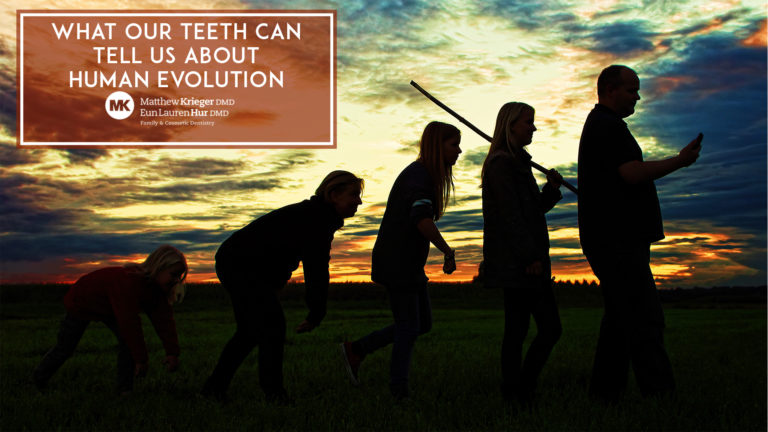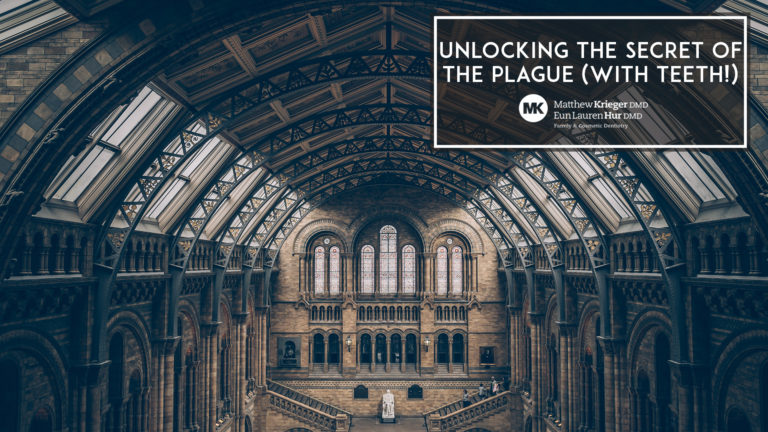The group was hushed in quite solemnity as they entered the ancient halls of Leicester Cathedral.
The only sound that could be heard was the rustling of papers as they shuffled through the heavy wooden doors and stepped onto the brightly lit building, huge arches allowing light from the giant windows of each area to pour into the next. Their intricate stained-glass work told stories of medieval figures like St. George and St. Martin, as well as more modern heroes from the first World War.
Awestruck isn’t a strong enough word to describe how the tour group collectively felt. It was so much more — they were enchanted as their surroundings and imaginations carried them back in time inside the Norman-era building dressed in Victorian garb.
A Walk Through History
An older gentleman approached the group, his tailored jacket perfectly matched to his tailored pants. His black-framed glasses perched upon his nose in that way that makes a person think they’ve already done something wrong before he even uttered a word.
“Is this the group in its entirety?” He asked, his tone implying that he was on a very tight schedule and couldn’t be bothered to wait any longer.
“Yeah, yeah. This is everybody.” The tour guide responded.
“Fine. Then let us proceed.”
The older man clasped his hands together at his waist and began what was clearly a well-practiced speech.
“Welcome to Leicester Cathedral, the final resting place of King Richard the Third of England and the last of the Plantagenet kings. The cathedral has been at this location since before 1100 AD, but was added on to over time and heavily restored during the Victorian period by architect Raphael Brandon. Even then, it contained a cenotaph memorial stone to King Richard. The beautiful window you see behind you is known as the East Window. It was installed as a memorial to those soldiers who fought and died bravely during World War I.”
He cleared his throat and stared at the group of tourists with annoyance.
“But I suppose you’re here to see the King, like the other American tourists. Simply can’t be bothered to appreciate a fine flying buttress or handsome nave roof… come this way.” The man motioned to the group to follow him as he sighed heavily.
He led the Americans to an alcove separated visually from the rest of the cathedral with intricately detailed woodwork, where a low-lying black base bearing the words “Richard III” and “Loyaulte me lie” was installed. Atop the black platform was a massive, pale rectangular stone with a cross cut deeply through the smooth, veined surface.
“King Richard the Third ruled England from 1483 until his death in 1485, at the age of 32. Even though his reign was short, he was a pivotal figure in the history of the United Kingdom, as well as the history of the monarchy. Richard took the throne after his brother, Edward the Fourth, died and his marriage was declared bigamous, prohibiting Edward’s son from inheriting the throne.
“King Richard was a noble ruler, brave and true. He dosed two rebellions against the throne, promoted the concept of legal fairness in a time when the legal system was largely ruled by coin and died bravely on the battlefield during the Battle of Bosworth Field during the War of the Roses. He was a man of great stature, of ironclad nerves and….”
“…excuse me…” A nondescript man stepped forward out of the group, wearing a long, white lab coat.
“Will you Americans ever learn any manners?” The older man asked, clearly irritated.
“Well, it’s just that King Richard the Third was actually a very anxious man. Not that he didn’t have reason to be. The times he lived in were extremely troubling, hygiene was almost non-existent, everybody was out to kill him and, you know — he’d done and seen some pretty terrible things.”
The older man stared the man in the lab coat down as he moved to face the tour group. The whole group reeled when he pulled a human skull out of his canvas knapsack.
“Don’t worry,” the American said to the group as he laughed nervously. “This is just a replica. It’s not real.”
He removed the jaw to expose the King’s teeth to the group.
“See here, and here? That wear pattern is caused by stress-induced bruxism. Teeth grinding. Some of this other stuff, like this and this, is from the dental surgery at the time — that must have been brutal. But that’s the price you pay in medieval England for eating lots of carbs and sugar, as evidenced by these decaying teeth here and here.“
“So, basically, Richard the Third was a nervous wreck and a stress-eater who would have ended up with some kind of serious dental problems if he hadn’t been killed in battle. I guess that’s a lot better thing to build a legend around than dying because of too many fruit pies.”
The older man’s mouth hung open in exasperation. “This is most irregular! Who do you think you are!?”
“I’m the Dentist.” The American said, turning away from the group in the chaos that ensued and slipping into the nearest shadow.


